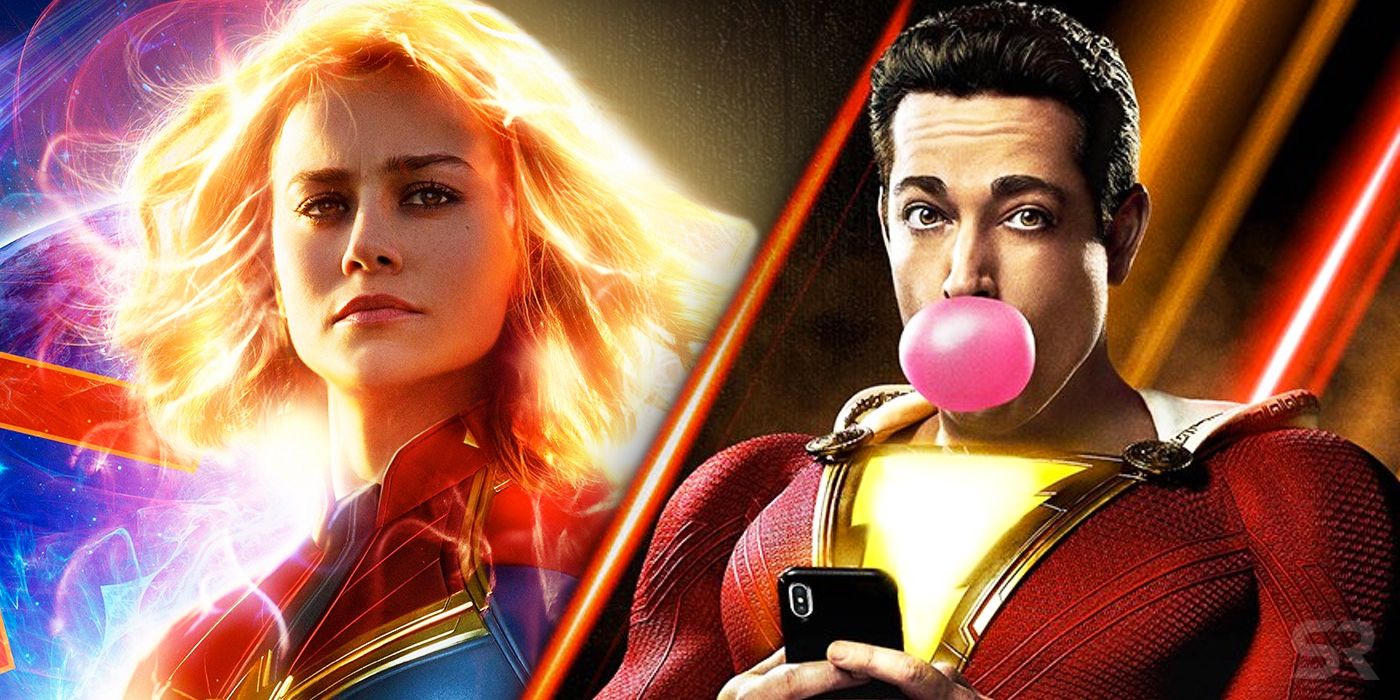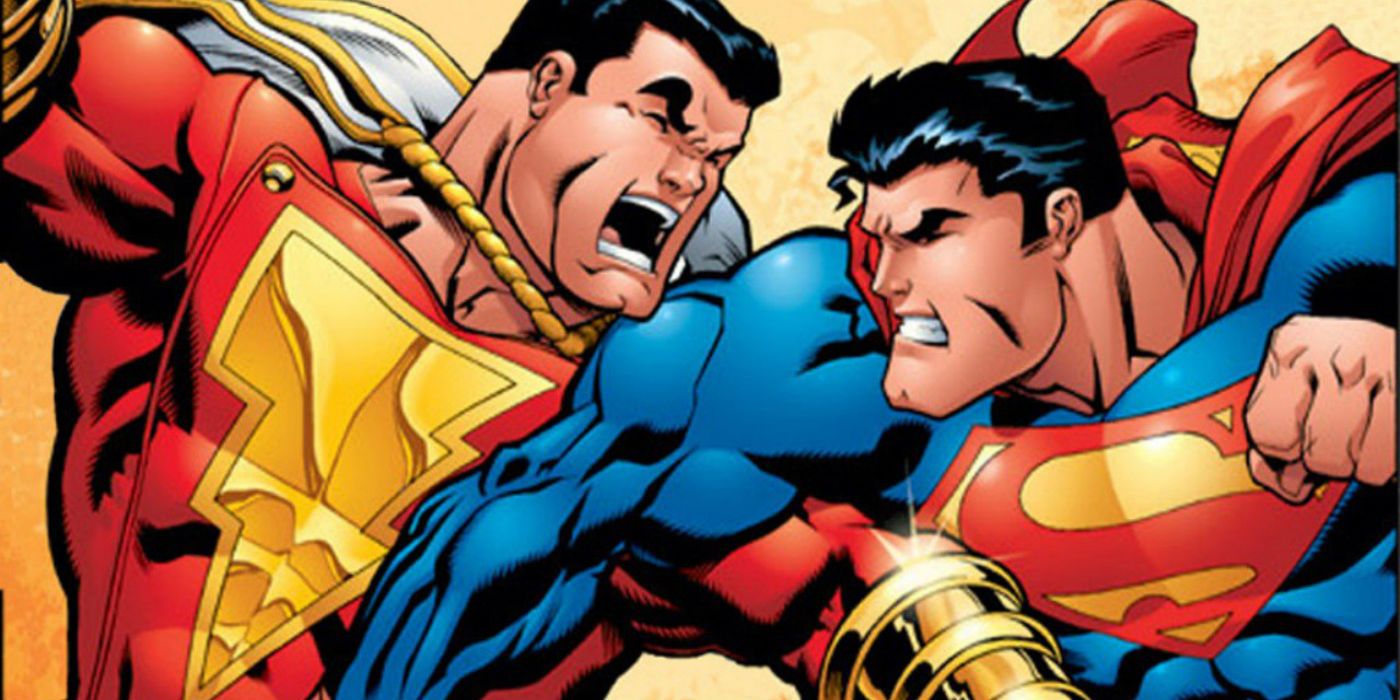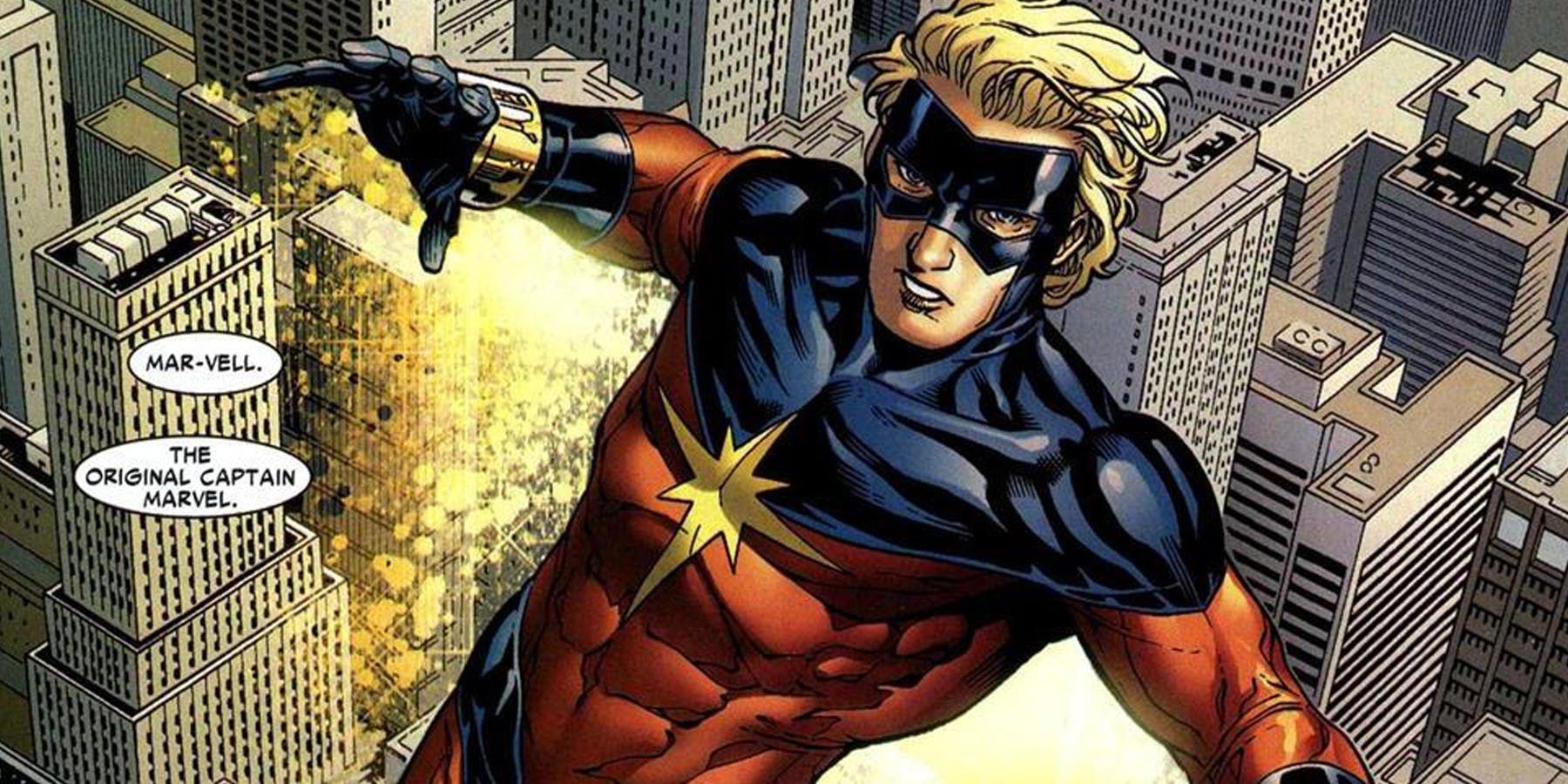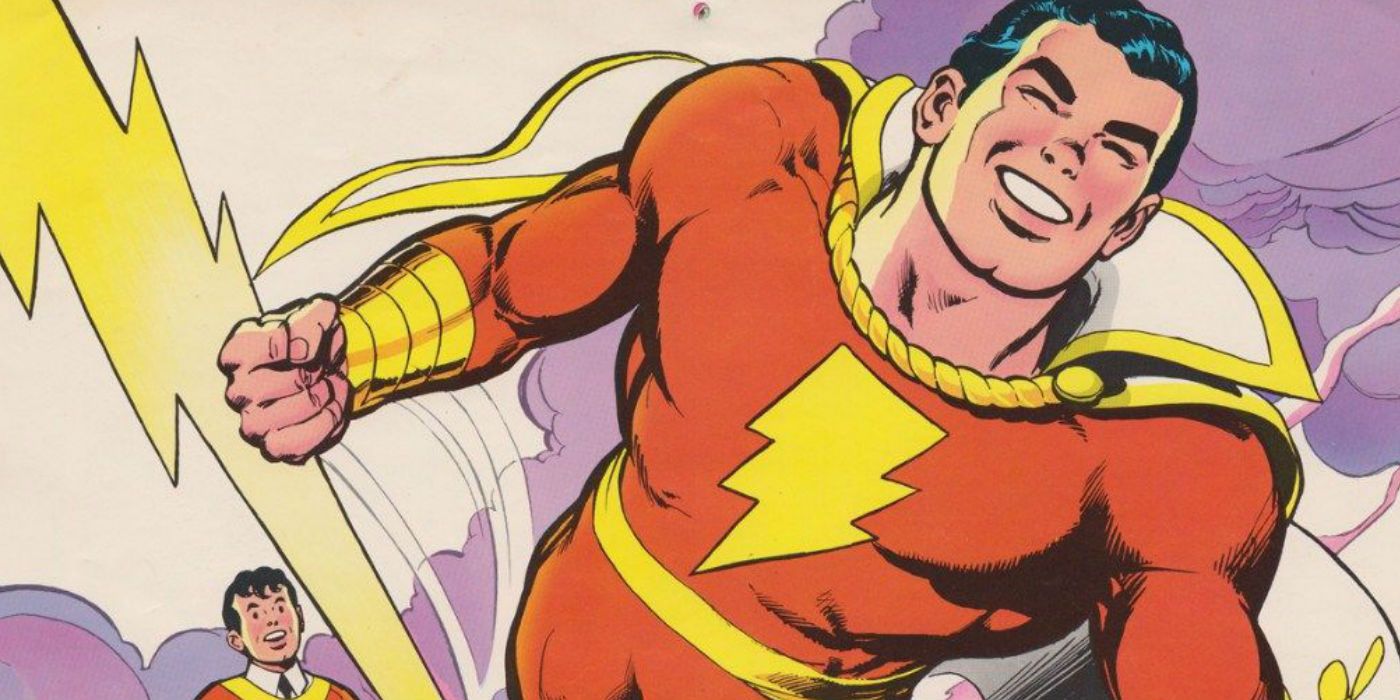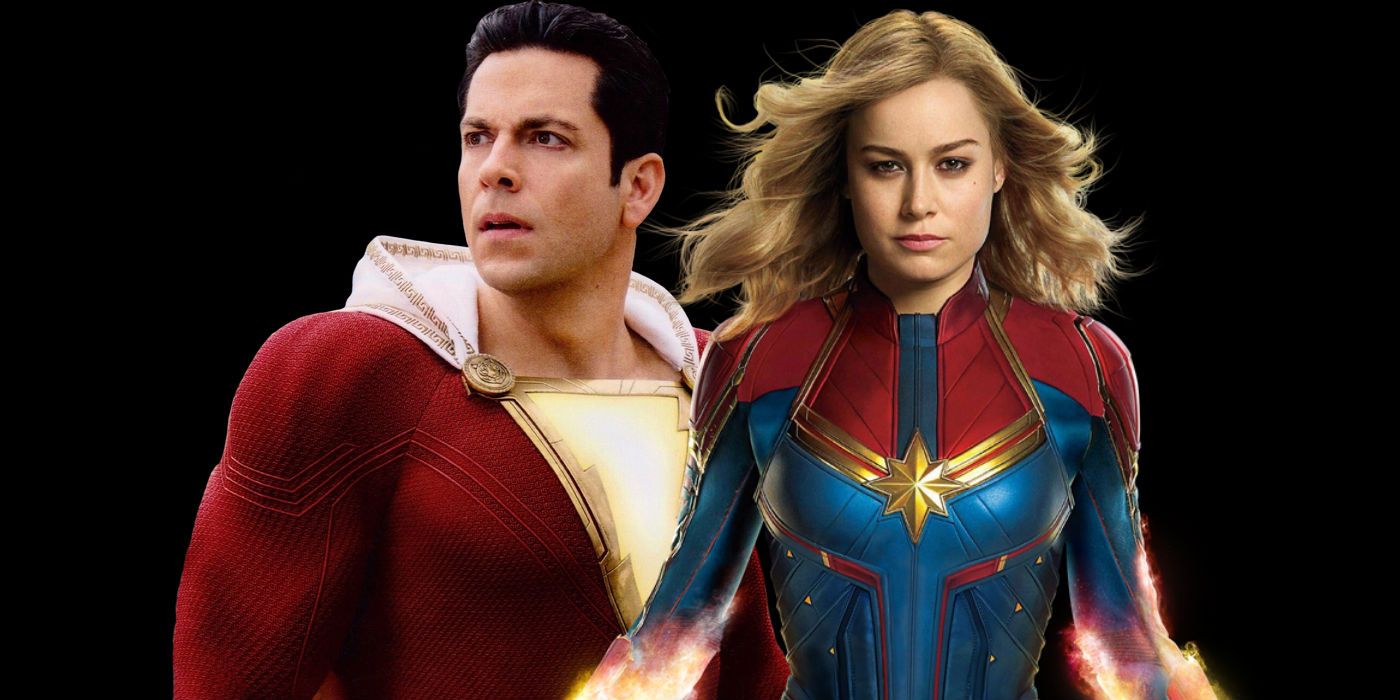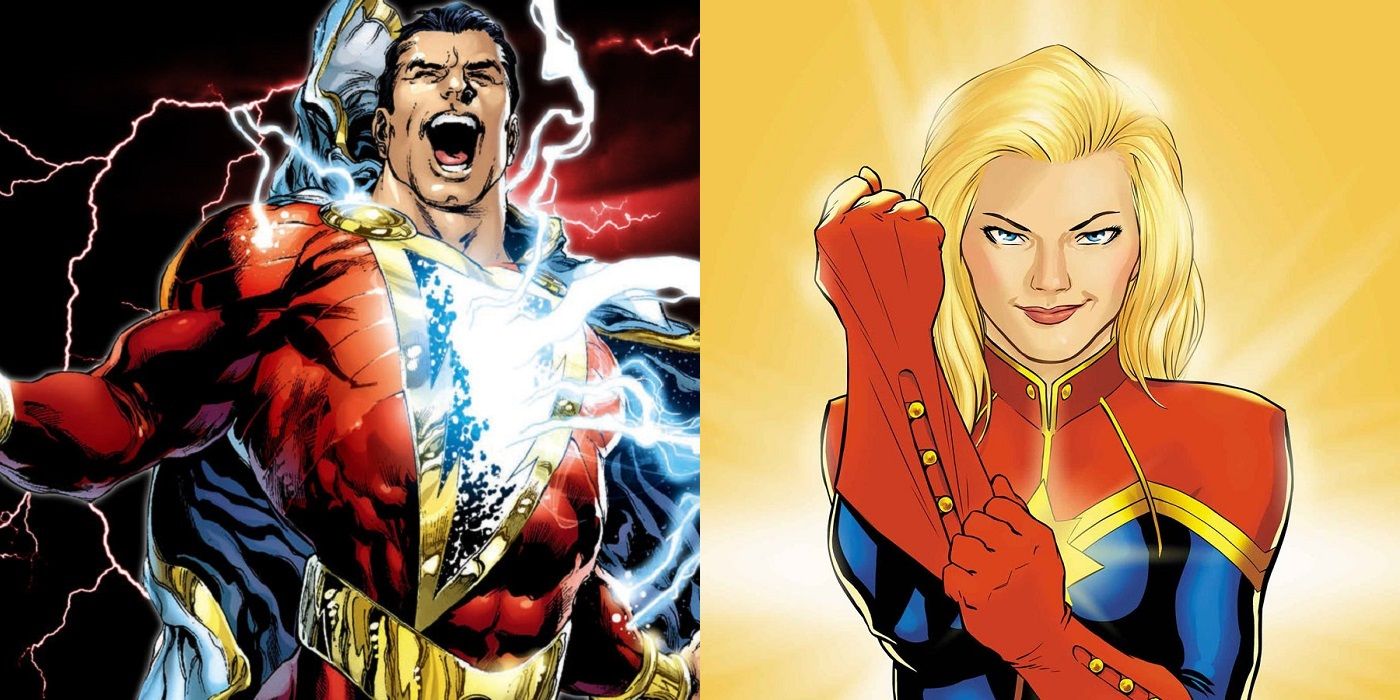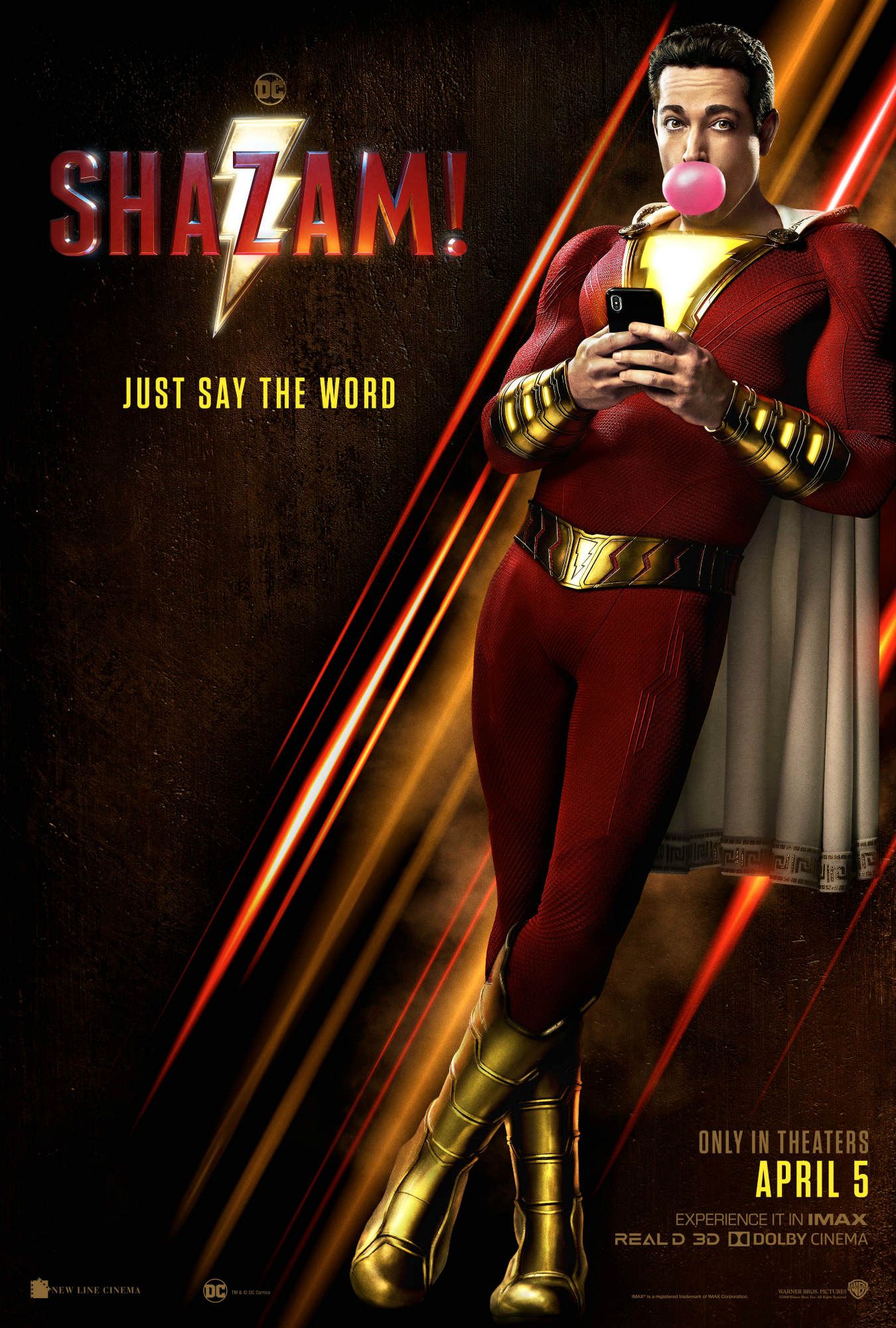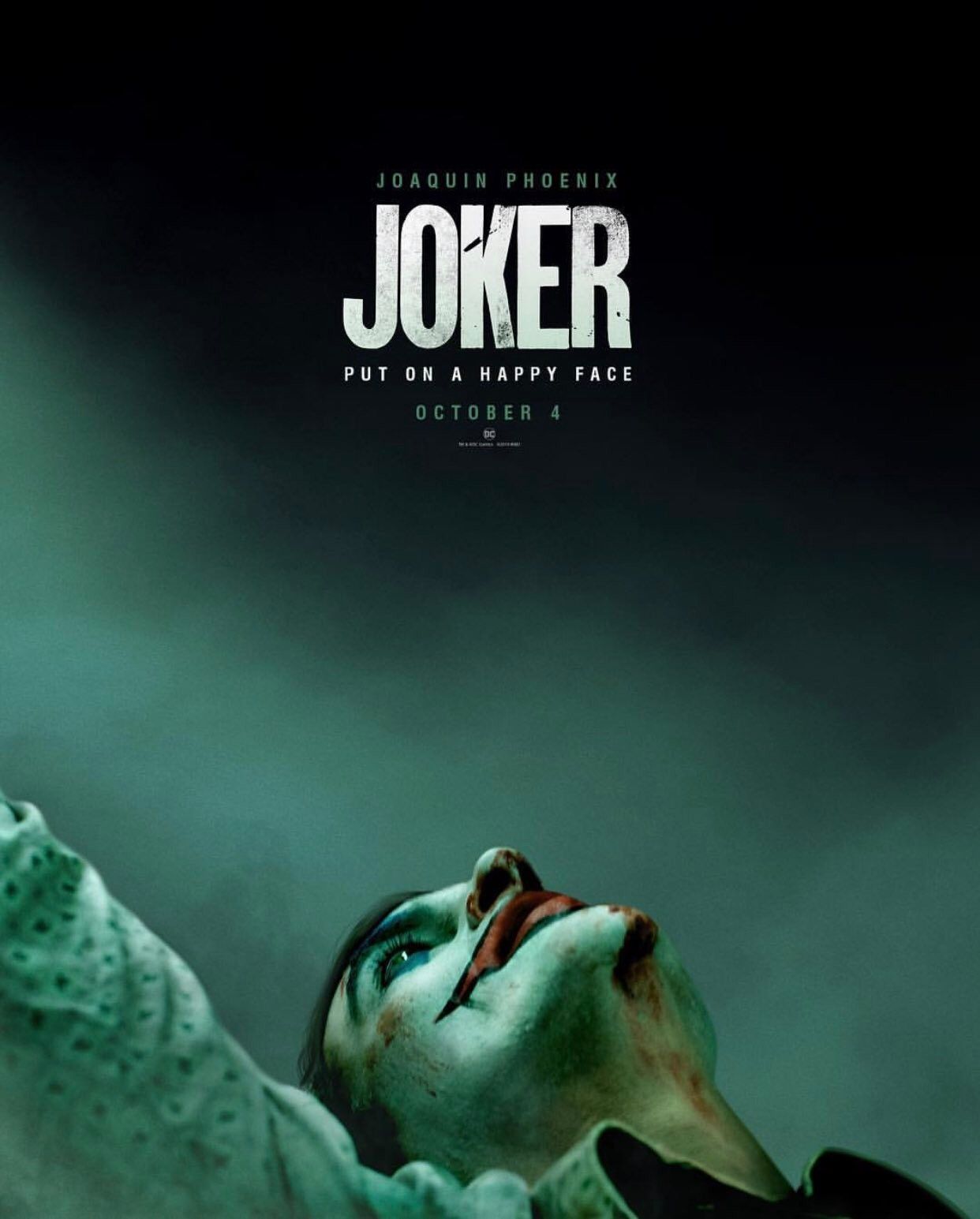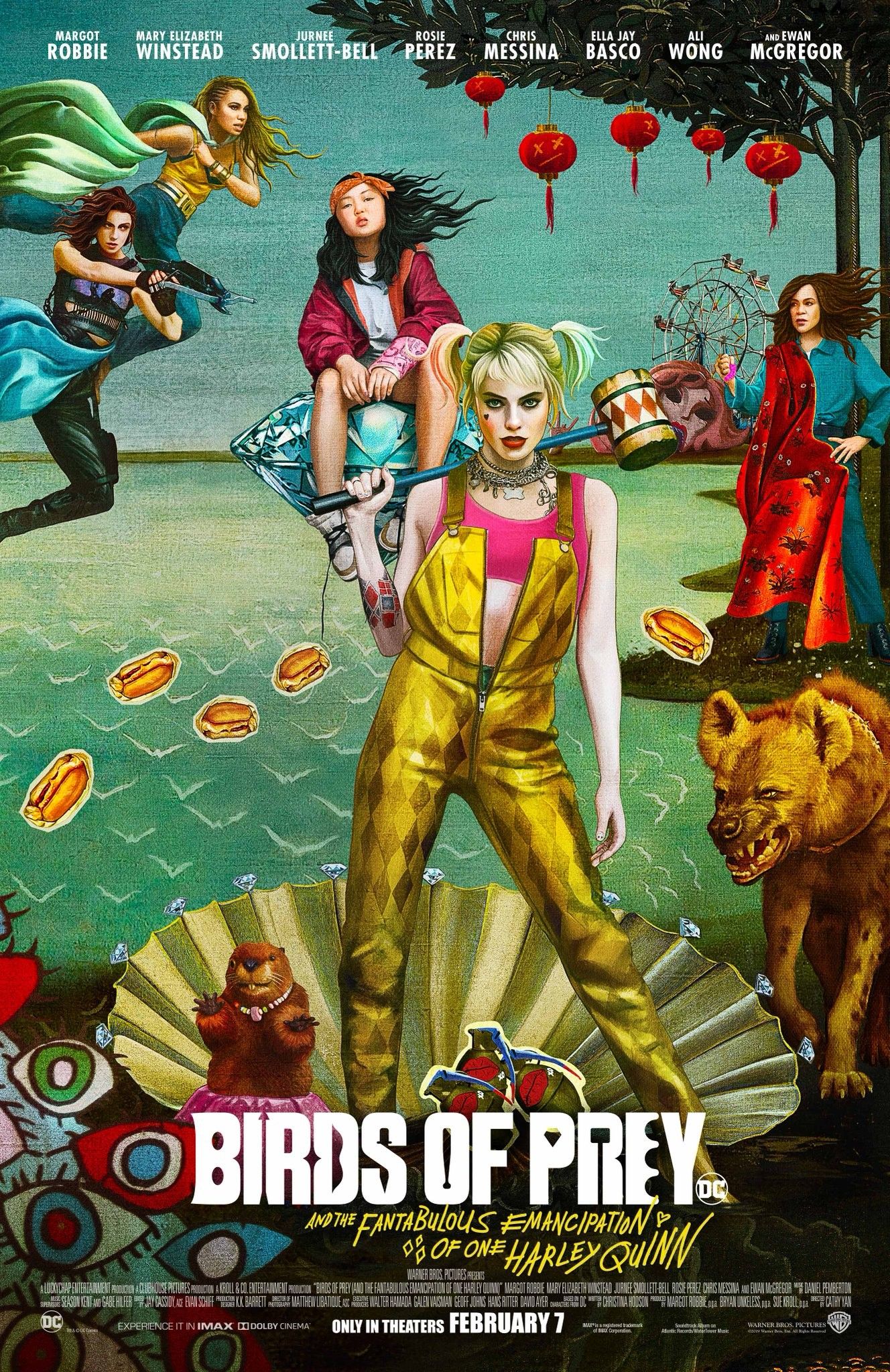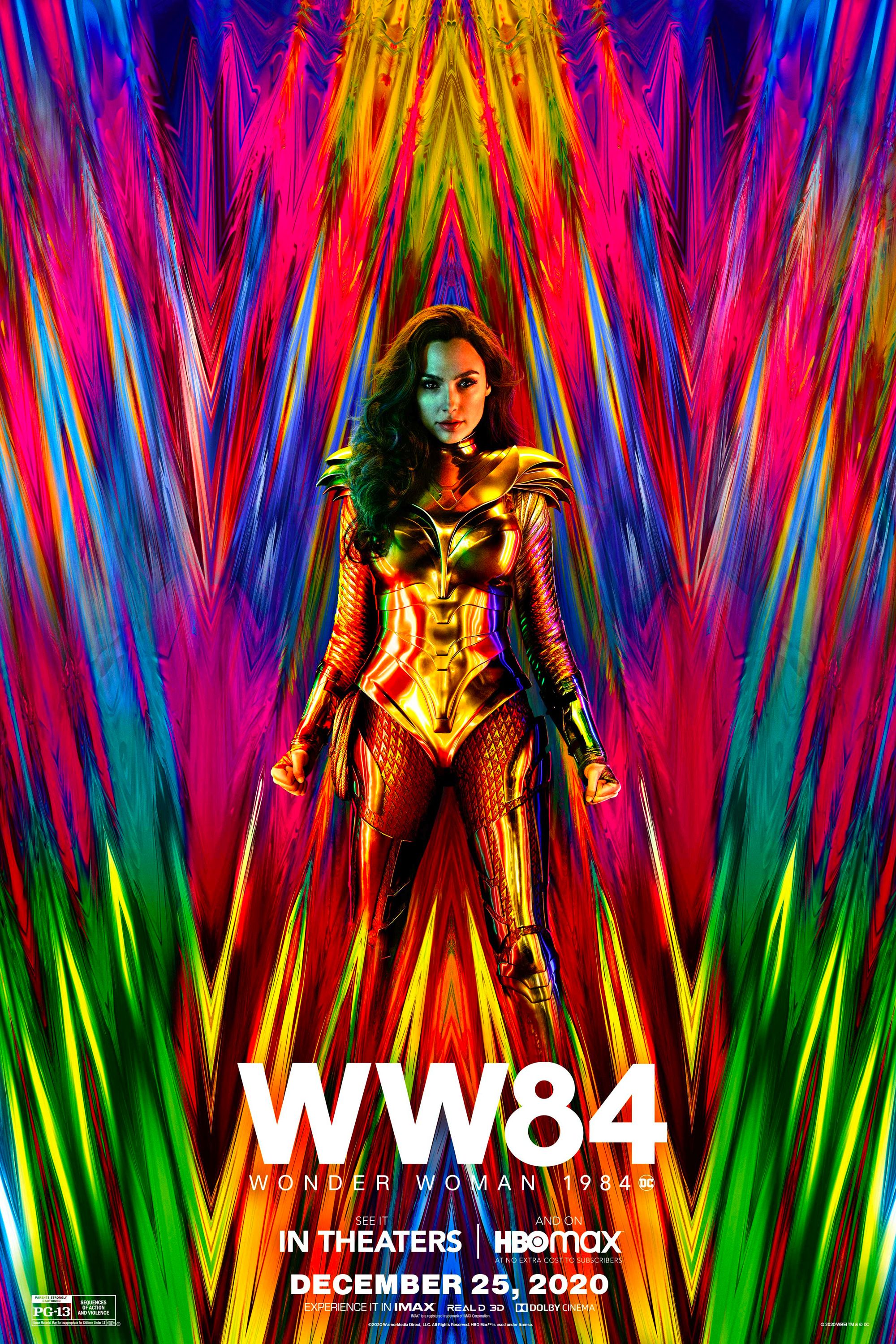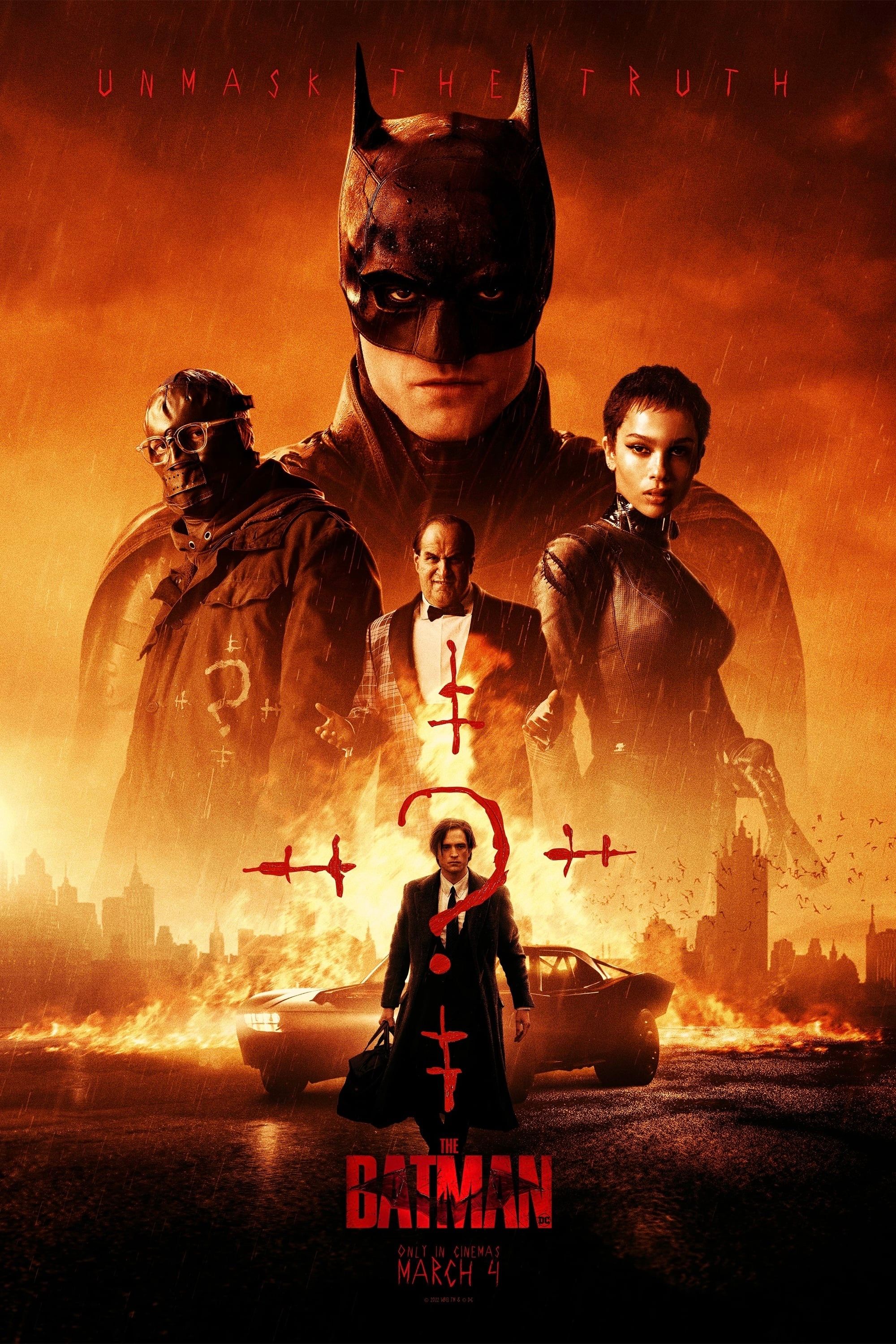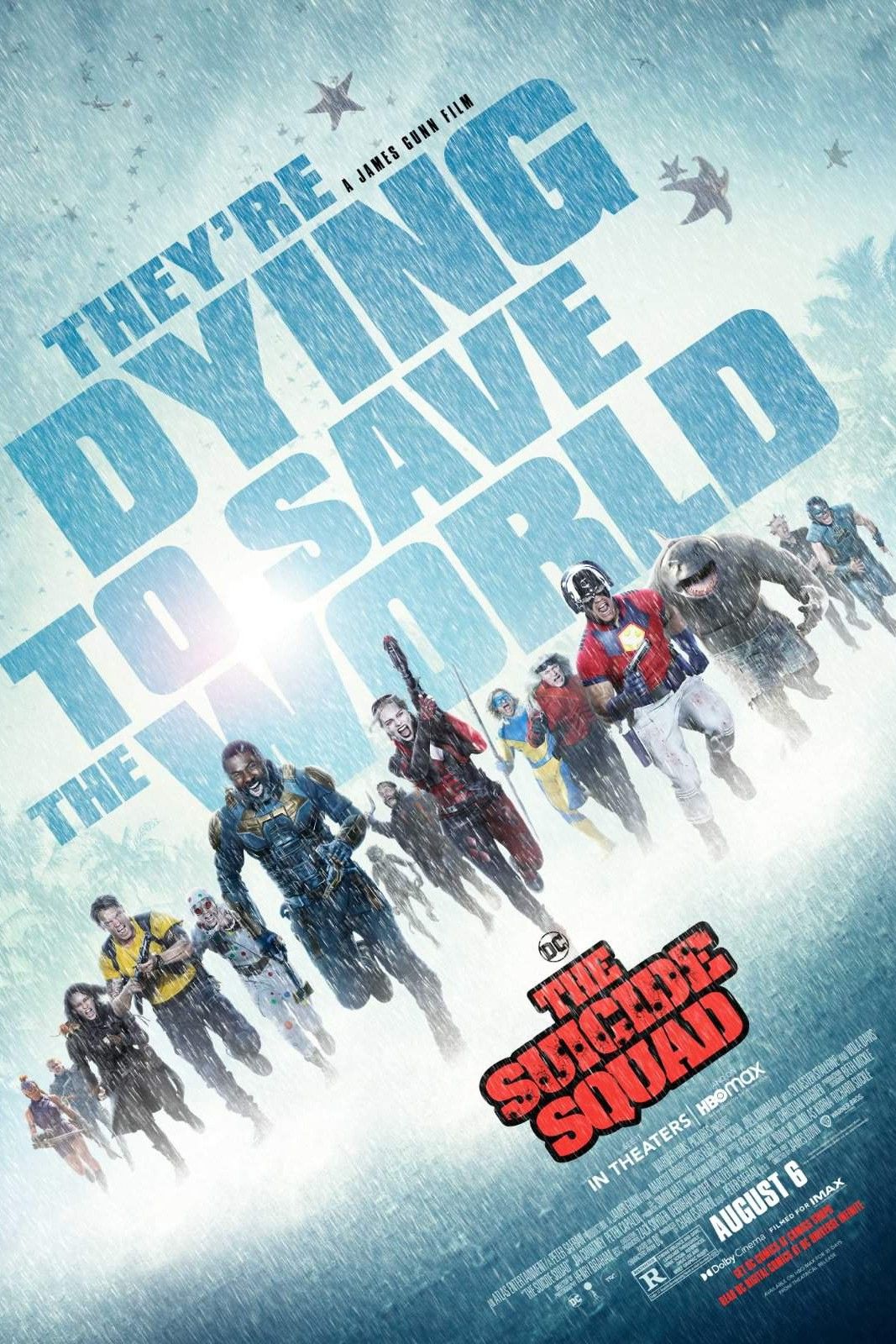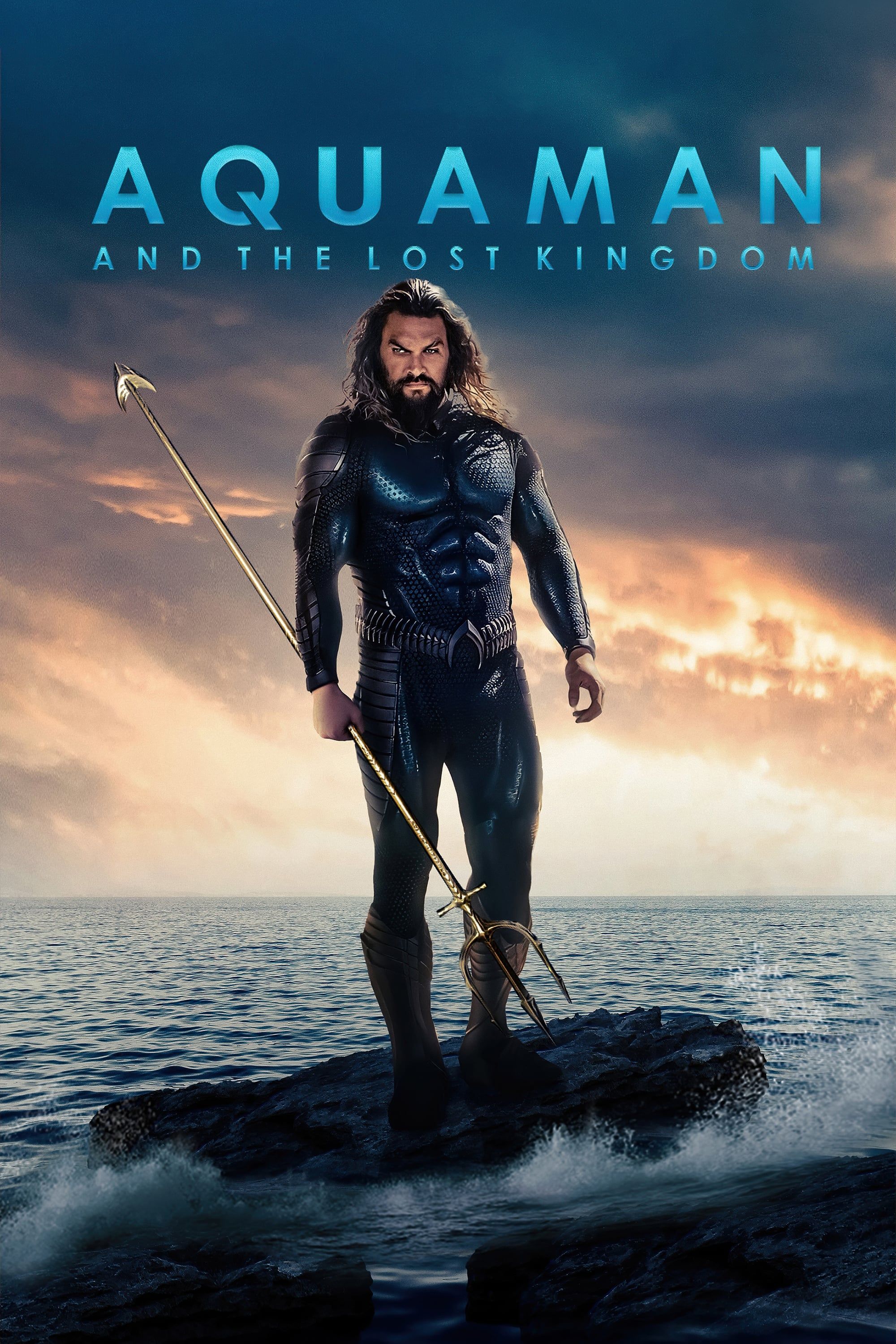When the superhero star of Shazam! made his comic book debut back in 1940, he was known as Captain Marvel - so why does Marvel now have the trademark for that name? Created by artist C.C. Beck and writer Bill Parker back in 1939, the superhero then called Captain Marvel was the best-selling superhero of the 1940s - outselling even Superman.
In spite of his popularity, the superhero hasn't operated under the Captain Marvel name for decades. DC comics has branded and marketed him as Shazam! since they relaunched the character in 1972 and, despite still going by Captain Marvel in the pages themselves, casual readers began to assume that was his actual codename. In 2011, that became official, with DC streamlining their continuity and deciding to officially rename Billy Batson's alter-ego. Meanwhile, rival publisher Marvel has been releasing comics bearing the title "Captain Marvel" since 1967, with Carol Danvers serving as the latest hero to adopt that title. In an amusing coincidence, a Captain Marvel and a Shazam! film are both releasing in 2019 within weeks of one another.
Related: Sam Raimi's Spider-Man Had A Hilarious Shazam! Reference Back In 2002
All this has led to a bit of frustration among some fans who've treated it as something of a competition. Shazam! star Zachary Levi wasn't impressed, insisting that attitude does nothing more than give superhero fans of all stripes a bad name. He called out this kind of behavior as the "bottom of the barrel," and insisted that "anyone out there who’s holding onto some bone like they need to pick a side and pick a fight is sorely mistaken.” But just what has happened? Why does Marvel have a film out called Captain Marvel, while DC's character is forced to operate under the Shazam! moniker?
- This Page: Why There Are Two Captain Marvels In The First Place
- Page 2: How DC Got Captain Marvel (But Not The Name)
- Page 3: Why Two Captain Marvel Movies Released At The Same Time
Captain Marvel Was A Superman Imitator That DC Sued
Superhero comics really began in 1938, when Superman appeared in Action Comics #1. The Man of Steel was a remarkable success, and every single comic book publisher scrambled to catch up to DC. One of the most famous examples was at Fawcett Comics, where circulation editor Roscoe K. Fawcett commissioned two members of his staff - C.C. Beck and Bill Parker - to "give me a Superman, only have his other identity be a 10-or 12-year-old boy rather than a man." They complied and created Captain Marvel, a teenage boy who simply needed to utter a magic word in order to be transformed into a superhero. Captain Marvel was a hit who, across the 1940s, outsold Superman; he even became the star of a superhero TV series.
One of the secrets of DC's early success was the business acumen of its management. Harry Donnenfeld and Jack Liebowitz created printing and distribution mechanisms that were able to ensure their comics were on every newsstand. In addition, though, they also sued rival comic book publishers whose characters they believed were too similar to Superman. Captain Marvel became the most high-profile example: a superhero who was inspired by the Man of Steel and who wore his inspiration on his sleeve; the character was introduced in Whiz Comics #2, debuting with a cover that showed him tossing a car just like Superman did in Action Comics #1. Fawcett hadn't exactly been subtle, but they were making enough money to lock the trial up in legal complications for years. By 1952, though, the Golden Age of comics was coming to an end, and superhero stories were no longer selling as well. The whole dispute was no longer worth it, and Fawcett settled out of court, giving up using the Captain Marvel character.
Marvel Created Their Own Captain Marvel For Copyright Reasons
By the 1960s, the trademark on the name "Captain Marvel" had expired - and Marvel Comics became aware of it. Either Stan Lee himself or editor Martin Goodman did not want another company picking up the name "Captain Marvel," so they decided to create a brand new character in order to secure the trademark. The first Captain Marvel was envisioned as a Kree warrior, Mar-Vell, who infiltrated human society but became enamored with humanity and betrayed his own race in order to protect us. Originally created by Stan Lee and Gene Colan, he was later revamped by Roy Thomas and Gil Kane, bonded with a popular secondary character called Rick Jones.
Related: Captain Marvel Didn't Change Mar-Vell As Much As Fans Think
In order to retain the trademark, Marvel has had to publish a Captain Marvel comic at least once every two years. As a result, even though Mar-Vell died in the comics years ago, there's been a constant stream of comic books bearing that title. The current - and, by now, pretty much definitive - Captain Marvel is Carol Danvers, previously known as Ms. Marvel, who inherited the title in honor of Mar-Vell. That's why the trademark for Captain Marvel currently sits with Marvel.
Page 2 of 3: How Did "Captain Marvel" Become A DC Character Anyway?
DC Bought Captain Marvel... But Couldn't Use The Name Any More
The story of the original Captain Marvel would have ended there, becoming nothing more than a historical curiosity, if DC hadn't bought the license for Fawcett's superhero characters back in 1972. This gave DC a range of new characters to integrate into their superhero universe, which they began to do with great care. That included Captain Marvel and his associated superhero family. Unfortunately, because the "Captain Marvel" trademark was now owned by Marvel, they couldn't promote him as Captain Marvel anymore.
DC got around this by marketing the hero under a new brand, Shazam! This word had always been associated with Billy Batson anyway; it was what he called out in order to transform into Captain Marvel. DC therefore released comics called Shazam!, starring their version of Captain Marvel; when they launched a TV series starring Billy in 1974, they titled the show The Shazam/Isis Hour. It was a smart way of getting around the legal restrictions, and no doubt Marvel watched them like a hawk to make sure they didn't slip up.
Related: Shazam is the Last Remaining Movie From the DCEU's Original Slate
DC Eventually Changed Shazam's Name Properly
In 2011, after more than 40 years of marketing their Captain Marvel under the Shazam! brand, DC Comics decided to make it official: Shazam became his superhero identity. "We changed his name [to Shazam] for a lot of reasons," Chief Creative Officer Geoff Johns told The New York Post. "One of them is that Shazam is the word most associated with the character, so we just felt it made sense — a lot of people already thought that was his name, anyway." At the time, DC was conducting a line-wide relaunch known as the "New 52," and it made sense to take advantage of the opportunity to make this sweeping change to the franchise. Captain Marvel officially became Shazam, and his supporting cast - once the "Marvel Family" - were now known as the Shazam Family.
The renaming did strike a few as rather amusing, though. Shazam, after all, is the magic word that Billy Batson says in order to transform into a superhero - and turn back again. That makes Shazam the first superhero who essentially becomes powerless if he says his own codename, transforming back into a teenage boy. Meanwhile, some readers quipped that it was like rebranding Power Rangers as "It's Morphin' Time."
Still, the fact remains that the ship has sailed on referring to Shazam as Captain Marvel. Johns was probably right that, after decades of marketing using the Shazam! brand, only a core group of comic book readers knew the character had ever been called Captain Marvel in the first place. What's more, it makes sense to refer to the superhero by the title, and certainly makes tie-in merchandise simpler. David F. Sandberg's movie is largely inspired by Johns' New 52 run, reproducing key scenes and character arcs, so it's frankly no surprise the film follows the comics' lead.
Page 3 of 3: Why Are Two Captain Marvel Movies Releasing In 2019?
Why Two Captain Marvel Movies Are Releasing Within A Month Of Each Other
All this brings us to the amusingly ironic twist; that Captain Marvel and Shazam! are hitting the big screen at the same time. In truth, this is just a matter of historical coincidence, as both films have been in the works for years.
Related: Who Are The Shazam Family? DC’s New Movie Team Explained
New Line Cinema began work on a Shazam! movie in the early 2000s and the film actually went into pre-production as an action comedy back in 2008, but hit problems when DC wanted it to be made darker after the success of The Dark Knight and the commercial failure of the more humorous Speed Racer. Meanwhile, Marvel Comics first began toying with the idea of a film starring Carol Danvers as far back as 2013, only shortly after she renamed from Ms. Marvel. It took time, but they were won over when Kelly Sue DeConnick relaunched the character as Captain Marvel in 2014, and her comic book run has heavily influenced the film.
The two movies weren't originally intended to release quite so close to one another, either. DC initially set a tentative July 2016 release date for Shazam!, but it wound up pushed back while they decided on the direction of the film and how it fitted into the DCEU. The release date was only officially announced in January 2018. Meanwhile, when Marvel originally announced their Phase 3 slate, Captain Marvel was given a release date of July 6, 2018; it was then pushed back to November 2, and finally - as a result of a major change to the Phase 3 plans after their Spider-Man deal - to March 2019.
How Shazam & Captain Marvel Influence Each Other
Marvel and DC have traditionally been wary of playing these two franchises off against each other - they didn't even cross paths in the 1990s DC Versus Marvel miniseries, where Shazam instead dueled Thor - but there are signs they've been relaxing a little in recent years. Last year's Infinity Countdown Prime #1, by Gerry Duggan and Mike Deodato, Jr., featured a scene in which Carol Danvers glimpsed alternate-universe versions of herself. Although it was easy to miss, tucked away mostly off panel, there was a very familiar costume. It clearly implied that Billy Batson's Shazam is indeed an alternate-universe Captain Marvel.
Don't expect anything quite so explicit in Shazam!, of course. There will, however, be at least one subtle nod. The Shazam! trailers have already featured an amusing Captain Marvel joke, with Billy Batson's friend Freddy giving him the hilarious codename "Captain Sparklefingers." Needless to say, Billy isn't impressed, not least because Freddy's just said that to an attractive girl. But there's another layer of humor to that scene, one that only comic book readers will have picked up on. Back in the Kelly Sue DeConnick run of Marvel's Captain Marvel, there was actually a scene where one of Carol Danvers' old friends called her "Princess Sparklefists." That quip has even been incorporated into the wider Marvel Cinematic Universe, with an official MCU tie-in novel - Steve Behling's Starforce on the Rise - revealing that Carol was nicknamed "Sparklefists" by one of her fellow Starforce members.
-
The net gain from the two Captain Marvels is, ultimately, a positive one. 2019 will see the launch of two major new superhero franchises, inspired by popular comics with decades' worth of history behind them. In the case of Shazam!, the character may not be known as Captain Marvel anymore, but all the signs are that he's going to be just as much a hit as Carol Danvers.
More: Read Our Shazam! Review

